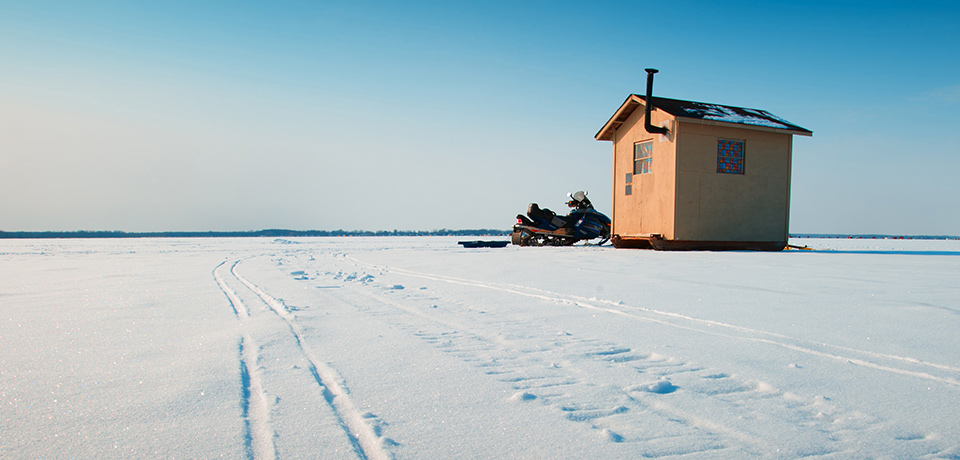If you’re looking for a winter escape right at home, there’s no better way to reel in the fun than with ice fishing!
For some, ice fishing is a relaxing solo retreat. For others, it’s an opportunity to celebrate the great outdoors among family and friends.
“Kids love getting a hook in water, and the anticipation to catch a fish is pretty exciting for them,” explained Sheila Campbell, business development coordinator for the Alberta Conservation Association (ACA).
“It’s about the experience of being out there as opposed to catch rate or the size of fish you’re catching.”
Technology has become pretty sophisticated over the years. However, for those just starting, it can be a remarkably simple pastime to engage in.
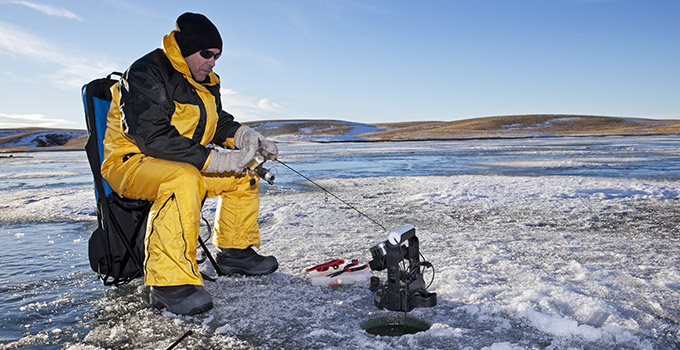
Gear
There is a wide assortment of rods targeting different varieties of fish. Some anglers bring several at a time to boost their number of bites. But for those just looking to get out onto the ice, any basic rod will do the trick. In fact, many participants use simple “fish sticks” – a stick, some fishing line, a jig head and bait – at the ACA’s annual Wabamun Lake Kids Can Catch event west of Edmonton, Alta.
To get through the ice, augers are the preferred mode of drilling. A wide assortment of propane-powered augers can be found at your local Co-op Home Centre, including Jiffy’s Pro Ice line.
Campbell noted the cost of propane augers don’t need to be a barrier. A workable fallback solution is to use an ice scoop with a flat blade. With this simple tool, one can easily dig through a previously drilled hole on the ice in no time flat.
“If it’s a pretty popular spot, hard core anglers will move a lot. They’ll drill a couple holes and move an hour later. So sometimes you can even find a hole that is already open,” Campbell said.
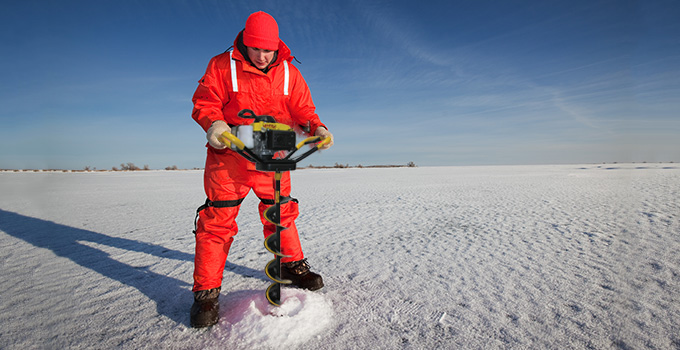
Fishing shacks
When the weather is particularly frosty, shacks provide a welcome reprieve from the extremities. Sizes range from one- to eight-person units. In addition to their protective barrier, Campbell pointed out they provide a unique experience for the younger, more inquisitive set.
“When you close the windows, the ice glows underneath. You can see clearly down the ice and into the hole so that you’ll see fish swim by. That’s what’s really cool about an ice fishing shack,” Campbell enthused.
Heaters
To make your fishing shack or tent truly cozy and warm, you’ll want to purchase a portable propane heater. Refillable propane cylinders are available at many local Co-op Convenience Stores/Gas Bars. Products like the Mr. Heater brand of single tank top heaters will easily get the job done and keep the outer elements at bay.
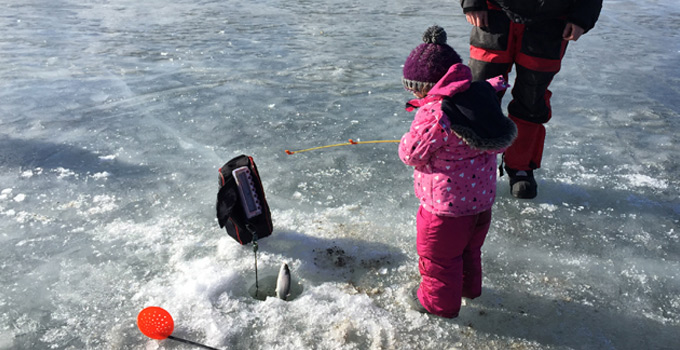
Child’s play
Since ice fishing requires patience and sitting in one spot, parents need to be cognizant of potential shorter attention spans.
“They need to shift their focus and put themselves in their children’s shoes and consider what the child will experience all day,” she noted.
So, for instance, if a section of ice has been cleared for skating, consider bringing skates and other hockey equipment. Or you can bring more simple items, like a soccer ball, football or a sled. Additionally, there are always the traditional winter activities kids can do to stay entertained, like building a snowman or snow fort.
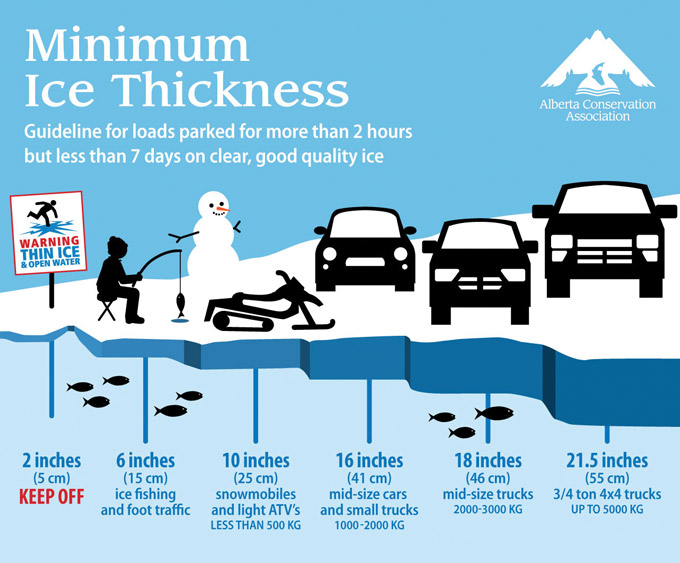
Safety first
Do some research on the lake you plan to be on, or call your local environmental authority to ensure the ice is thick enough for fishing. Ice needs to be at least four inches thick to support a person, and more than 12 inches to support a large vehicle like a truck or SUV. Ice thickness can vary on a single lake, so drive with caution.
If you are planning to go alone, let someone know where you are and when you intend to be back. Bring a fully charged cell phone with you, as well as plenty of warm, layered clothing and an emergency kit. Being prepared could save your life!
Last, but not least, don’t forget to purchase your fishing licence. Licence fees depend on location and planned usage. Contact your local licence regulator for more information. And always remember to follow local regulations – they’re there to protect fish populations so they will be enjoyed for generations to come.

